Conflict Resolution Day is a global event, intended to promote the concept of peaceful conflict resolution. Created in 2005 by the Association for Conflict Resolution (ACR), it is now an annual celebration.
Primarily an educational event, the main purpose of Conflict Resolution Day is to increase awareness of the various peaceful, non-violent methods of conflict resolution available, such as mediation and arbitration. In addition, the ACR hopes to promote their use in various different avenues of life, including in schools, workplaces, within the legal system and even among families.
The Association for Conflict Resolution, alongside various independent organizations, host informative events all over the world.

Word of the Day
| |||
| Definition: | (noun) A small natural hill. | ||
| Synonyms: | knoll, mound, hammock | ||
| Usage: | Umbopa pointed out to us a slight and indistinct hillock on the flat surface of the plain about eight miles away. | ||

History
Mother Teresa Beatified (2003)
| Born Agnes Bojaxhiu, Mother Teresa was an Albanian Roman Catholic missionary famous for her work among the poor in India. She first went to India at 17, becoming a nun and teaching school in Calcutta. In 1948, she left the convent and founded the Missionaries of Charity, which now operates schools, hospitals, orphanages, and food centers worldwide. In 1979, she was awarded the Nobel Peace Prize. |
Mordecai "Three Finger" Brown (1876)
Nicknamed "Three Finger" by the press because a farming accident in his youth cost him parts of two fingers on his right hand, Brown was one of the top Major League Baseball pitchers at the turn of the 20th century. He used his injury to his advantage, developing a unique grip on the ball that produced an unusual amount of spin, baffling batters. Over the course of his major league career, Brown won 239 games and lost just 130.
Jamaica National Heroes Day
| In Kingston, Jamaica, National Heroes Park contains a series of statues devoted to key figures in the country's history, including independence leader Alexander Bustamente and pan-African crusader Marcus Garvey. As a way to honor the figures commemorated in this park, the Jamaican government has established National Heroes Day. Local parishes all over the island hold award ceremonies to honor community figures, while at National Heroes Park a main ceremony takes place that features a speech by a national leader, typically the prime minister. |
Slime
Slime is an unusual substance with a slippery, gooey texture that is produced by certain animals to fend off predators or fight disease — but it's also a lot of fun to make, as Live Science recently discovered.READ MORE:
1781 - British General Charles Lord Cornwallis surrendered to U.S. General George Washington at Yorktown, Virginia. It was to be the last major battle of the American Revolutionary War.
1814 - In Baltimore, MD, the first documented performance of "The Defense of Fort McHenry" with music took place at the Holliday Street Theatre. The work was later published under the title "The Star-Spangled Banner."
1933 - Basketball was introduced to the 1936 Olympic Games by the Berlin Organization Committee.
1937 - "Woman's Day" was published for the first time.
1944 - The play "I Remember Mama" opened on Broadway. Marlon Brando made his debut with his appearance.
1959 - Patty Duke, at the age of 12, made her Broadway debut in "The Miracle Worker." The play lasted for 700 performances.
1977 - The Concorde made its first landing in New York City.
1983 - The U.S. Senate approved a bill establishing a national holiday in honor of Martin Luther King Jr.
1997 - On stage at the Grand Ole Opry, Vince Gill honored John Denver. Gill played "Take Me Home, Country Roads."
2003 - In London, magician David Blaine emerged from a clear plastic box that had been suspended by a crane over the banks of the Thames River. He survived only on water for 44 days. Blaine had entered the box on September 5.

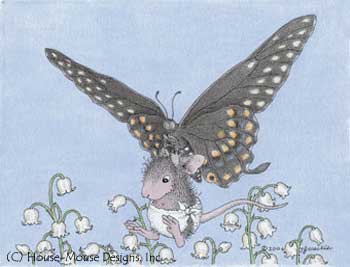
If You Were Born Today, October 19
You are self-expressive and animated in speech. Your memory is outstanding when it comes to the “little things” that you pick up from others and when it comes to the past. You are curious and possess a dual nature–sometimes chatty and rational, and other times withdrawn and moody. You are quite determined and possess resolve. With good business sense and the ability to “read” people well, you are likely to enjoy much success in life as you age. You have the rare gift of the capacity to be assertive and charming at the same time. You are charming, creative, and personable. Famous people born today: Evander Holyfield, John Lithgow, John Le Carre, Robert Reed, Jason Reitman, Desmond Harrington.
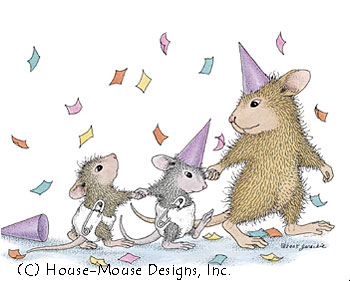
READERS INFO
1.
LEAF Community Arts LEAF Festival 2017
Oct 19-22, 2017 | Black Mountain, NC
Lake Eden|377 Lake Eden RdThe annual LEAF Festival in Black Mountain, North Carolina, is a celebration of global proportions. The biannual four-day event features over 60 performers in various artistic styles from 30 different countries. The diverse lineups showcase everything from traditional cultural music to contemporary song and dance. Poetry, healing arts, installations, lake sports and a kids’ village are among the additional attractions. Guests can also enjoy the selection of regional craft brews and indulge in the flavorful foreign fare.
further information: Lineup & Schedule | LEAF
2.
Old World Oktoberfest 2017
Oct 18-22, 2017 | Huntington Beach, CA
Old World Huntington Beach|7561 Center Ave #49
Willkommen to the Old World Oktoberfest in Huntington Beach, California. The lederhosen-clad German celebration off the Pacific coast features steins overflowing with beer, bratwurst bursting out of the bun and accordion and horn-laden German music. Weiner dog races, beer contests and chicken dances are among the featured attractions.
further information: Oktoberfest 2017: Free Entry!
3.
CELEBRATE MEXICO NOW 2017
Oct 14-22, 2017 | New York, NY
Celebrate Mexico Now in New York City spotlights the arts and culture of contemporary Mexico and its community in New York. The five-day event features over 60 projects and over 300 Mexican artists in the media of film, dance, literature, theater, music, visual art and architecture. Additional attractions include authentic cuisine, discussions and cultural exhibitions.
further information: Home

Niveoscincus metallicus, commonly known as the metallic skink, is a species of skink in the Scincidae family. It is endemic to Australia, where it is found in southern Victoria, as well as in Tasmania and many offshore islands in Bass Strait.
Mantis Mom

Surrounded by black volcanic sands, a peacock mantis shrimp (Odontodactylus scyllarus) stands guard over her ribbon-like mass of fertilized eggs. The folds of this portable, flexible structure—held together with an adhesive produced by the mother—provide ample surface area for gas exchange between the egg membranes and the surrounding environment. The female cleans and aerates the developing eggs with the same appendages she typically uses to handle prey. With her limbs more than full caring for her brood, the female won’t eat until the eggs hatch and the larvae disperse.
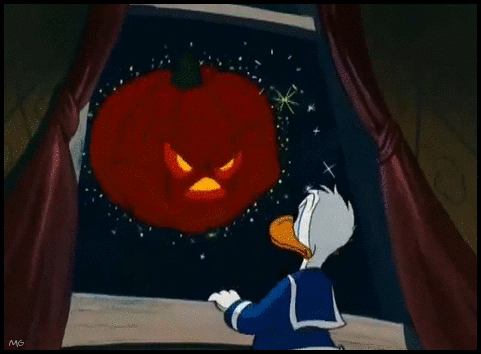
thanks, Linda
DesignEtte Dogs Scarf
It uses stranded color work but the details are Swiss darned.

thanks, Helen

knit

knit
knit
STRIPES AND BARS

This stitch looks great on both sides, perfect for a scarf or other project where the back will be seen. It also lays flat, but the edges are sloppy so you may want to add a border depending on how you use the stitch.
Multiple of 3 + 2
Row 1 (RS): p2 *sl 1 wyib, p2
Row 2: k2 * sl 1 wyif, k2
Row 3: knit
Row 4: purl
Repeat these four rows for the pattern.
Multiple of 3 + 2
Row 1 (RS): p2 *sl 1 wyib, p2
Row 2: k2 * sl 1 wyif, k2
Row 3: knit
Row 4: purl
Repeat these four rows for the pattern.

thanks, Bertha

thanks, Nicki
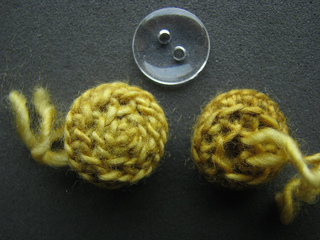
crochet
not the actual mandala

crochet


leavened bread, hailed from Persia




thanks, Ann

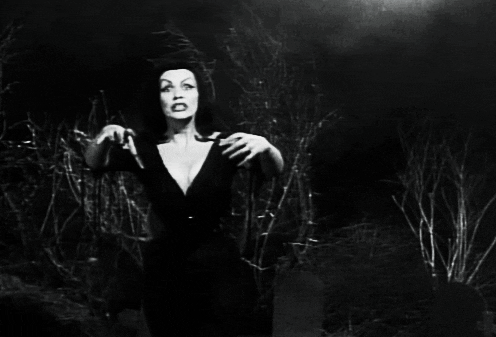



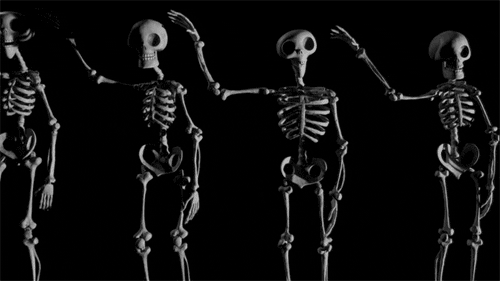


Butterfly on Blue 5 Jigsaw Puzzle
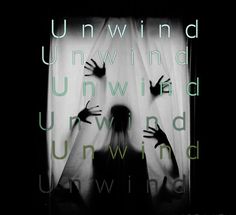
| after cafe close club crime critical draft | endemic energy gill goof guard harmony head human | items joker large lifts loss nation number | parent party polite pure purpose quit | refer regard riff rile roar root scary smart strength study | today train true usually water which yellow |
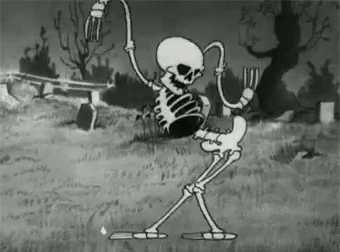
SUDOKU ... hard
solution:



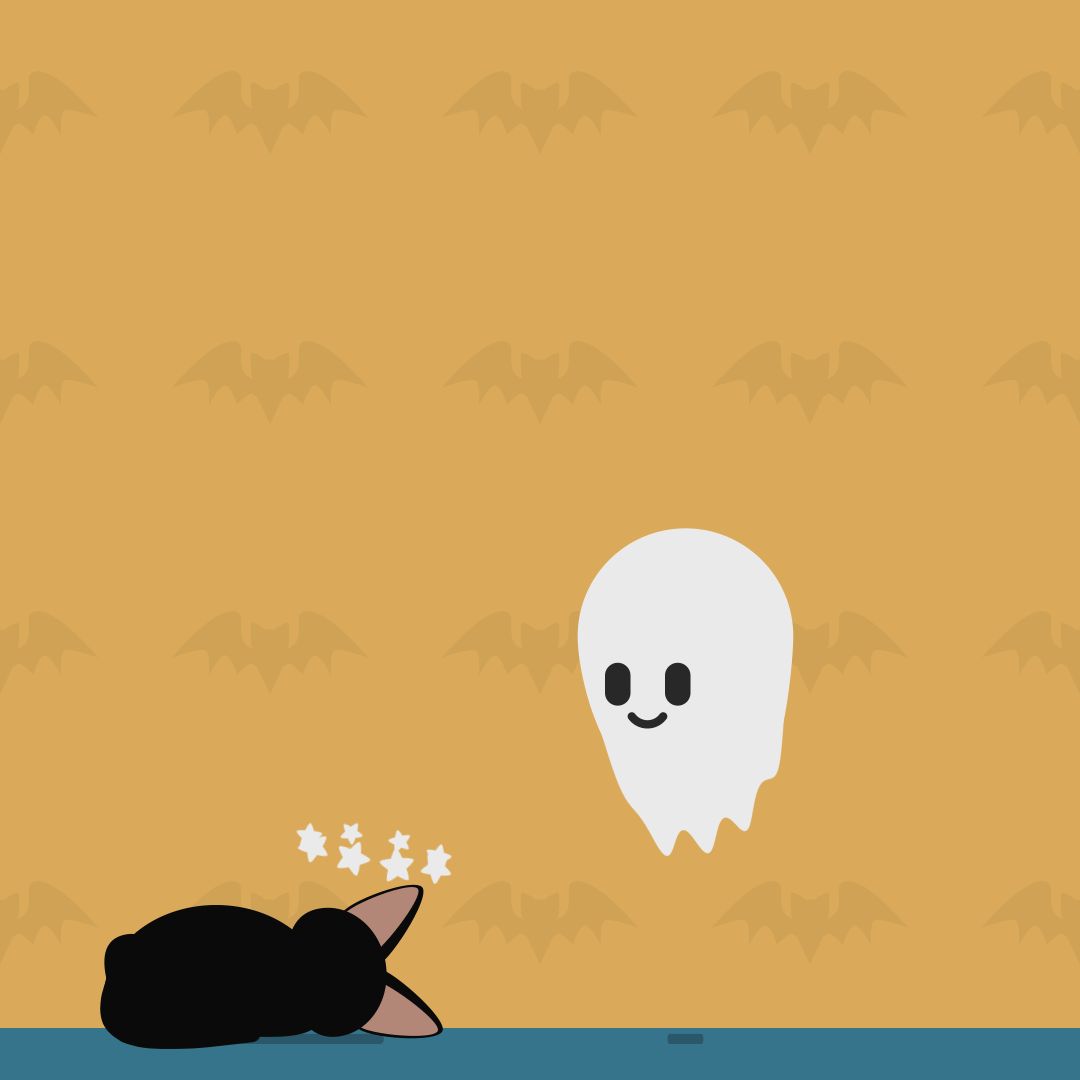


thanks, Patty
Pun-derful Facts About Puns
mentalfloss
Puns can be divisive: Some find them irresistible, some find them
groan-worthy. And while newspaper readers may appreciate clever
wordplay in a headline—say, “Big Rig Carrying Fruit Crashes on
210 Freeway, Creates Jam,” or one of The New York Post’s seemingly
endless Anthony Weiner puns—most people don’t drop puns in
everyday conversation.
But for others, punning is a way of life. Pun competitions challenge
wordsmiths to come up with as many great puns as they can on the
fly in front of an audience. And they aren’t for the faint of heart, as
author Joe Berkowitz found out over the course of writing Away With
Words, his new book about the world of competitive punning. Here are
ten facts we learned from the book about puns and the art of wielding them competitively.
1. PUNNING IS ANCIENT.
Making puns “crosses all major languages and cultures in history,”
John Pollack, an international punning champion and the author of a
historical look at the phenomenon, The Pun Also Rises, told Berkowitz. In San Juan Chamula, Mexico, a tradition of verbal duels called k’ehel k’op, which often
revolves around puns, dates back to Mayan times. Traditional
Palestinian weddings have featured pun-heavy oral poetry duels
for centuries.
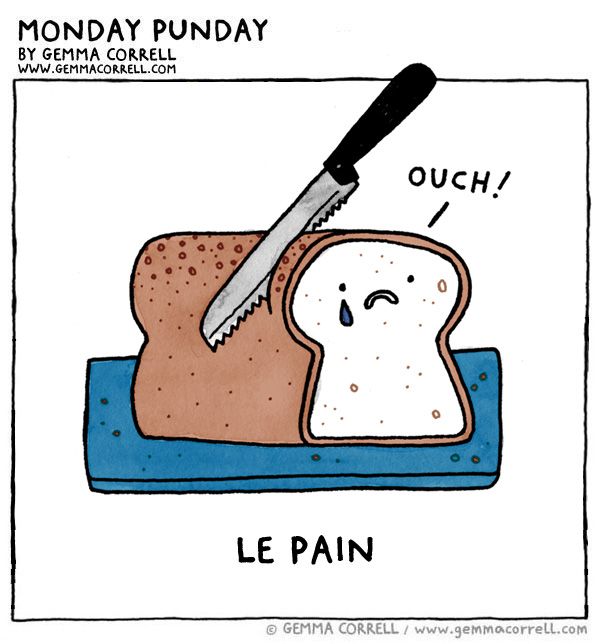
2. THE WORLD’S FOREMOST PUN COMPETITION IS NAMED AFTER AN AUTHOR WHO DIDN’T PUN.
The largest and most prestigious pun competition is the O. Henry
Pun-Off World Championships, held every year in Austin, Texas. You’d
think the reference to the famous short story writer would nod to his
affinity for puns, but in fact, there’s not a lot of evidence he liked them
at all. “Although he did name one of his stories ‘A Midsummer
Knight’s Dream,’ the author’s work is largely pun-free,” Berkowitz
writes. During the course of writing the book, he visited the O. Henry
Museum in Austin, where the Pun-Off is held, and was informed that
the connection between puns and the author O. Henry is quite tenuous.
“Between you and me, he was not a huge punner,” a tour guide told him.
“That connection was made between the museum and the Pun-Off early on
because it was held here, and it just stuck.”
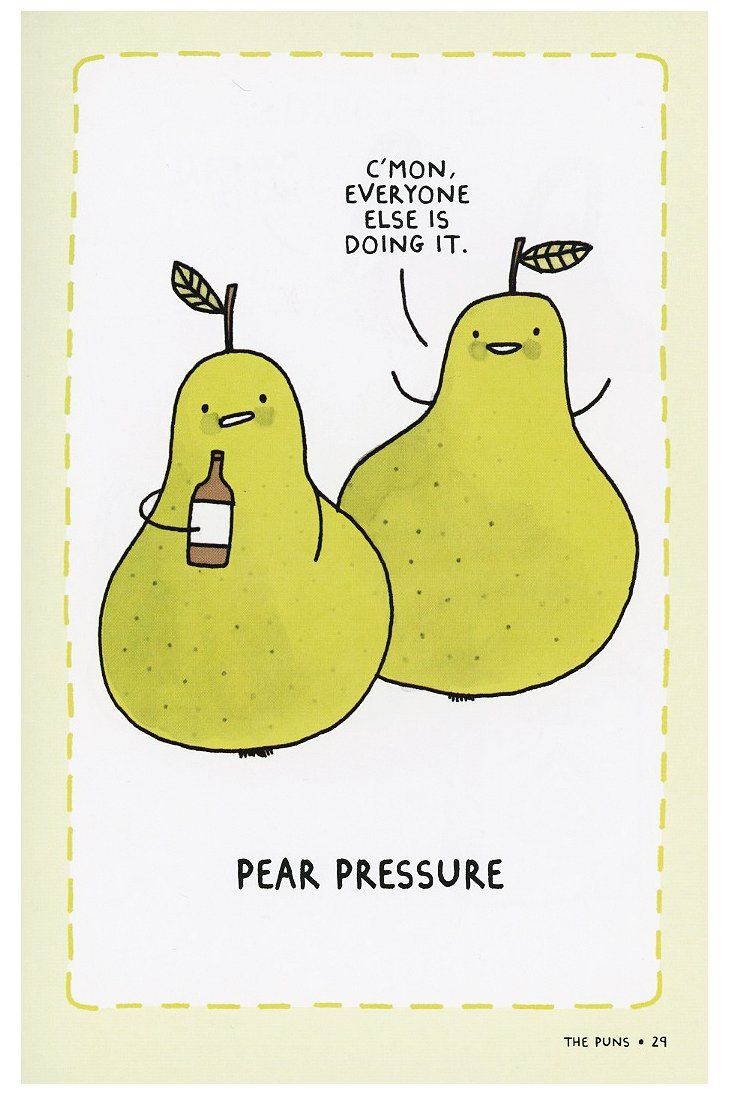
3. THERE ARE FOUR DIFFERENT KINDS OF PUN.
There’s the homophonic pun, in which two words sound the same but mean
something different. (“Czech” and “check,” for instance.) Then there’s the
homographic pun, in which two words sound different but are spelled the
same. (Like a bass player versus a bass fish.) There are also homonymic
puns, in which the words both sound and are spelled the same. (Berkowitz’s
example: “I felt unsettled inside so I had an evening out.”) And last, there’s
the portmanteau, a combination of two other words. (Like “brunch.”)
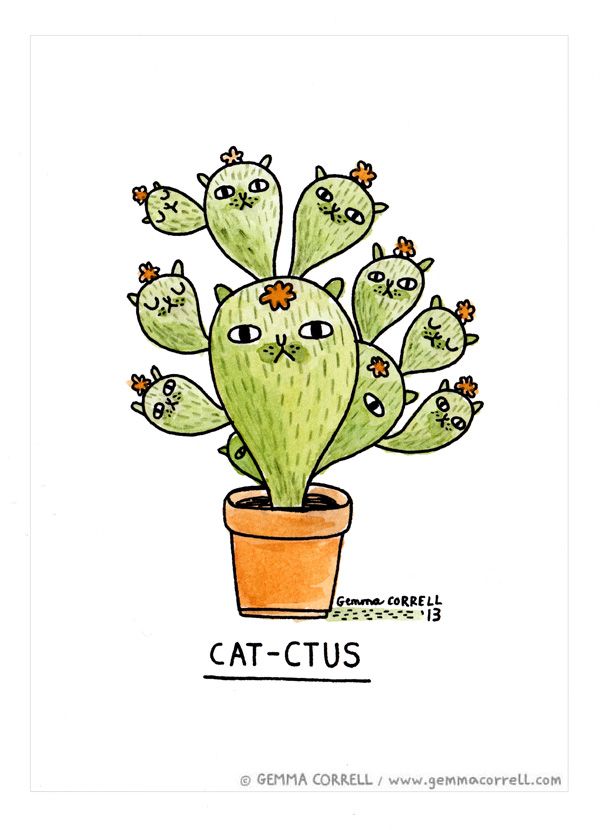
4. AT THE PUN-OFF, THE RULES ARE SERIOUS BUSINESS.
The O. Henry Pun-Off in Austin—a competition Berkowitz calls “the
Olympics of pun competitions”—has strict rules. Only honest-to-goodness
puns are accepted. You can’t just throw in a phrase related to a topic if it
doesn’t have the necessary wordplay to qualify as one of the four types of
pun. “If the topic is railroads, we will not accept anything like, ‘I hope we
stay on track,’” Pun-Off organizer Gary Hallock told Berkowitz by way of
explanation.
There are two competitions wrapped into the O. Henry Pun-Off: "Punniest
of Show" and "Punslingers." In the former, competitors perform their own
two-minute routine on any topic they want, cramming in as many puns as
possible. These monologues are judged by a panel on originality,
performance, and wit. "Punslingers," meanwhile, is a rapid-fire, head-to-
head tournament in which punners exchange wordplay on randomly chosen
topics as fast as possible. Each competitor gets a maximum of five seconds
to think of their next pun, and whoever runs out or gets three strikes
(attempted puns the judges deem invalid) first loses. The longest this
particular event has ever lasted was a grueling 48 minutes of puns relating
to numerical phrases like “three’s a crowd.”

5. ENGLISH IS A GREAT LANGUAGE FOR PUNS.
English speakers already have a leg up when it comes to puns. For one
thing, it’s got a whole lot of words. The Oxford English Dictionary
estimates that there are around a quarter of a million distinct words in the
English language. English has borrowed words from so many languages
that there are a wide variety of potential puns that wouldn’t otherwise be
available, like “soirees” and “sore eyes.”
English also doesn’t have declensions, so the endings of words don’t
change based on what part of the sentence they’re in. “The apple” stays the
same whether it’s a direct object or the subject of a sentence, in other
words, which is not the case for languages like German or Russian.
(English uses word order to convey the difference instead.) So “saw” can
be both a verb or a noun, no matter where in the sentence it falls. As in,
“The blind carpenter picked up his hammer and saw.”

6. SHAKESPEARE LOVED POOP PUNS.
If anyone knew how great English can be for puns, it was Shakespeare.
“Never mistake the Bard for someone above poop and fart jokes,”
Berkowitz writes. “When Thersites of Troilus and Cressida says, ‘But yet
you look not well upon him; for, whomsoever you take him to be, he is
Ajax,’ it’s not just because a character is named ‘Ajax,’ but because ‘a
jakes’ meant a public toilet back then.” The greatest writer in the English
language, indeed.
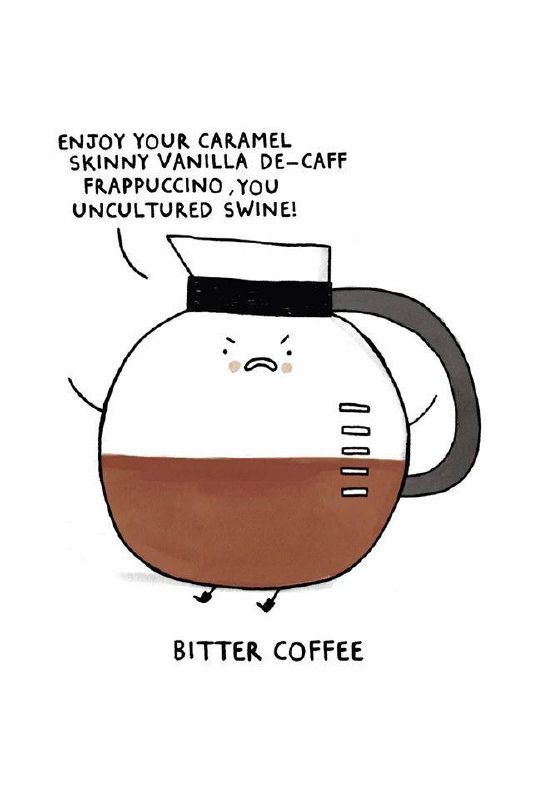
7. FOX’S BOB’S BURGERS HAS A PUN QUOTA.
The writers of the animated series Bob’s Burgers regularly go through their
own kind of mini pun competition in order to craft a series that’s unusually
dedicated to puns.
That's because there are at least three points in each episode that involve
puns. In the title sequence, there is always a rotating series of stores located
next to the show’s titular family restaurant. These plausible companies
always have punny names like I’d Hit That (a boxing gym) or That’s
Improv-able Improv Theater. Later in the credits, an exterminator van
always pulls up in front of the restaurant bearing a punny name like Last of
the Mousehicans. And then there’s the ever-popular Burger of the Day
feature, which has spawned an entire cookbook full of recipes for burgers
with pun names like “Shoot-Out at the OK-ra Corral Burger (comes with
Fried Okra).” To populate each episode with these running gags, the show’s
writers have to include three or four pun options for each when putting
together a script. Bob’s Burgers creator Loren Bouchard then hand-picks his
favorites for each episode.

8. WANT TO BE A PUN CHAMPION? TRY IMPROV.
All of the winners of the O. Henry Pun-Off in the past decade have had one
thing in common: a background in improv. Improv performers are used to
coming up with ideas on the fly in front of an audience, and in the training
process, they get extremely comfortable failing spectacularly.
They’re comfortable opening their mouths without having a good idea of
what’s going to come out. As one improv-trained punster told Berkowitz,
“if you get an improviser up there, they’ll be, like, ‘Well, I can just start
talking and I don’t know what I’m gonna say but I’ll get there.’”
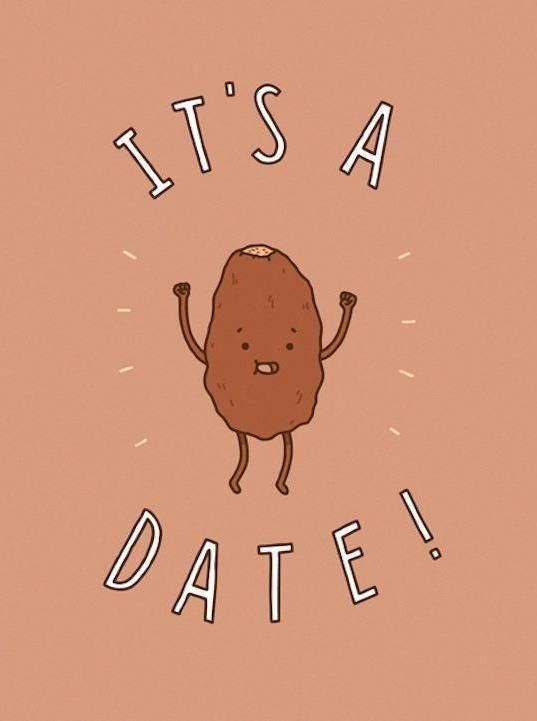
9. FOR THE BRAIN, PUNNING IS LIKE TANGLING CHRISTMAS
LIGHTS.
What’s going on in your head when you’re thinking up a pun? Salvatore
Attardo, an expert on the linguistics of humor, described it this way:
"A good way of representing what’s in the brain is to think of it as strings
of lights on a Christmas tree. So you have one string that’s white, and
those lights are all the associations of meaning. If you have ‘dog,’ you
have ‘puppy’ and ‘bitch’ and all the words that are related to dogs. So
that’s one string, but then you’re going to have another string that’s red
and it’s ‘fog,’ ‘bog,’ ‘log’—all the associations on the sound and all the
sounds that begin the same way. What is happening when you make a
pun is that you’re kind of crossing the strings of lights."
So even if a certain pun feels like low-hanging conversational fruit, it's
actually a pretty complicated neurological process.
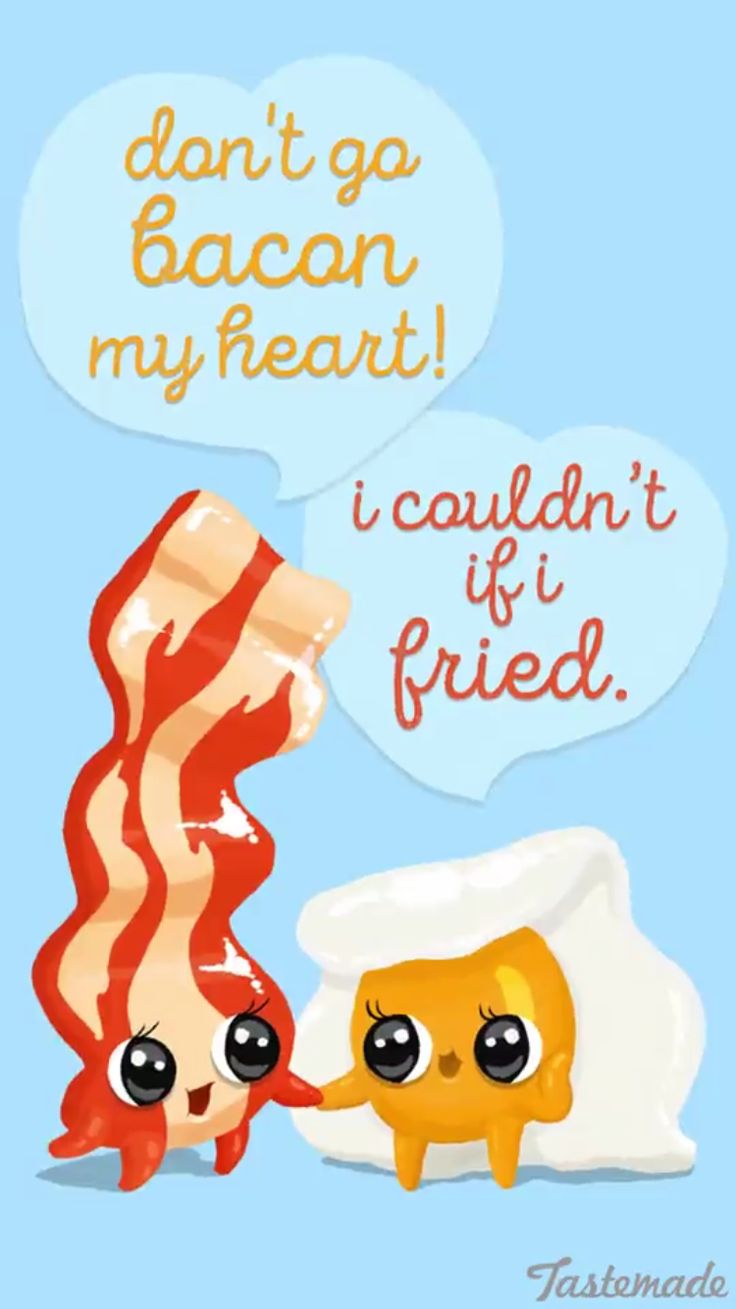
10. IT’S REALLY, REALLY HARD TO TEACH A COMPUTER TO PUN.
A computer won’t be entering the O. Henry anytime soon. Software
engineer Max Parke attempted to overcome this challenge by building
the Punerator, a computer program designed to replicate the very
human act of punning. Parke fed the program a rhyming dictionary
and a data set of synonyms, antonyms, homonyms, and phrases, hoping
to one day be able to get the machine to reverse engineer the pun “Iran
so far away.” The process of combining words to make longer words,
to turn verbs into nouns, to use words in ways that are counter to their
intended meaning, was just too complicated for the algorithm. Even
the best artificial intelligence is no match for a competitive punner, or
even a totally average one. It’s a skill that—for now—is uniquely
human.





Hologram stickers are flat adhesive labels that give the visual effect of containing 3D
ReplyDeleteimage. They are often used for security purposes, as hologram sticker printing
is a difficult process that can only be replicated using the original “master hologram”. To
do this, specialist equipment is required, hologram stickers for certificates,
so as a result many counterfeiters are deterred when they see a hologram label.